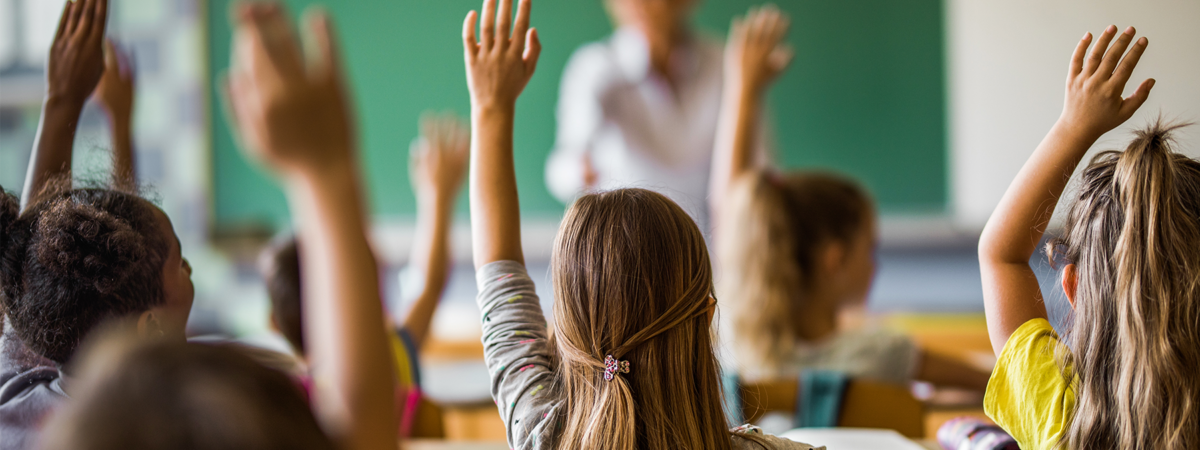
An examination of recent disasters reveals a clear pattern of vulnerability and a compelling opportunity for policy intervention. Hurricane Katrina exposed the fragility of an entire system. The destruction of school infrastructure was compounded by Louisiana’s subsequent firing of over 7,500 unionized, predominantly Black public school employees, decimating the city’s Black middle class. The disaster disproportionately affected those who were more likely to live in areas with severe flooding and faced greater barriers to returning. These challenges, coupled with inequitable resource distribution, led to a slower recovery. The negative academic effects were most pronounced for students who remained displaced the longest.
COVID-19’s abrupt shift to remote learning laid bare the nation’s digital divide. Students without reliable internet access or devices experienced significant learning loss, particularly in foundational skills such as early-grade literacy. Students were, on average, four to five months behind in math and reading, with far larger gaps for Black, Hispanic, and low-income students.
California’s wildfires illustrate the challenge of persistent disruption. Beyond direct school closures, poor air quality forces widespread shutdowns, leading to thousands of lost instructional days annually. Wildfire smoke exposure has been linked to lower test scores and increased absenteeism. The constant threat creates a high-stress environment that undermines both educational attainment and mental well-being for students.
Hurricane Helene’s aftermath prolonged school closures, with some districts, including Ashe and Transylvania counties, missing weeks of instruction, leading to significant concerns about long-term learning loss. With limited broadband in the mountainous terrain, remote learning proved a hurdle for many, which disproportionately harmed students from low-income households who lacked the devices and reliable internet access. Schools encountered severe budget shortfalls, caught between the immense costs of infrastructure repair and declining funding as hundreds of displaced families left the area. The trauma on students and educators, combined with the slow and difficult recovery process, serves as a warning of how a lack of proactive resilience planning can cripple a region’s educational and economic future.
Across all disasters, lost instructional time is the driver of academic regression. This disaster slide is most damaging for cumulative skills like early literacy. Instability is a major predictor of poor reading proficiency by third grade—a key indicator for future academic success. Disasters sever the link between education and employment. The trauma and financial shock disrupt key transitional periods. The psychological toll, including elevated rates of PTSD and depression among displaced students, creates a significant barrier to success. This can lead to disaster-induced discouragement, where students abandon post-secondary plans, permanently altering their economic trajectory.
An effective disaster preparedness plan for education must be both proactive and reactive. For policymakers, it requires building resilience before a crisis occurs and deploying targeted support immediately after.
Proactive Strategies (Before the Disaster)
Reactive Strategies (After the Disaster)
Disasters predictably cripple education and the economy. We can shift from a cycle of recovery to one of resilience by proactively closing the digital divide and strengthening schools, and reactively deploying rapid, targeted support in the event of a crisis. This approach is crucial for building a secure future for our students and our workforce.
Learn more about strengthening national resilience in our previous blog on building up the Cybersecurity Workforce.